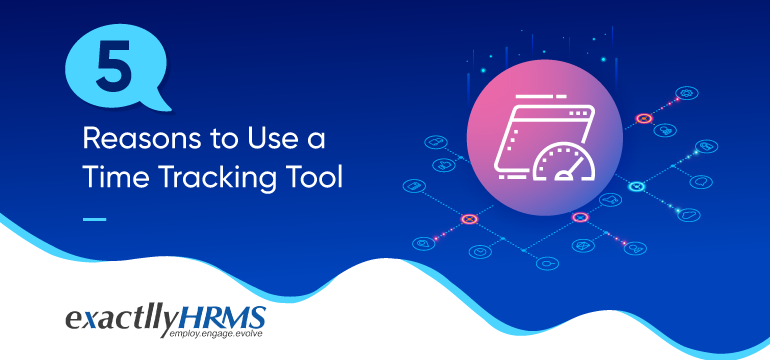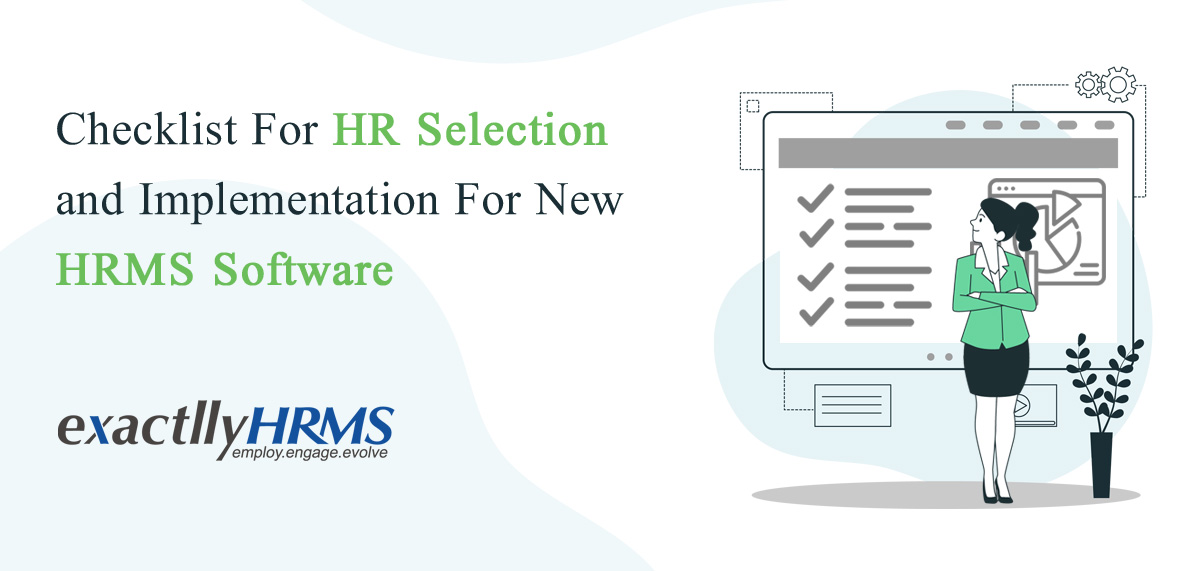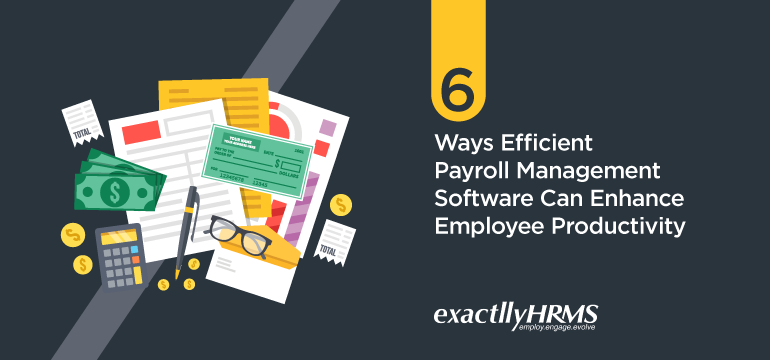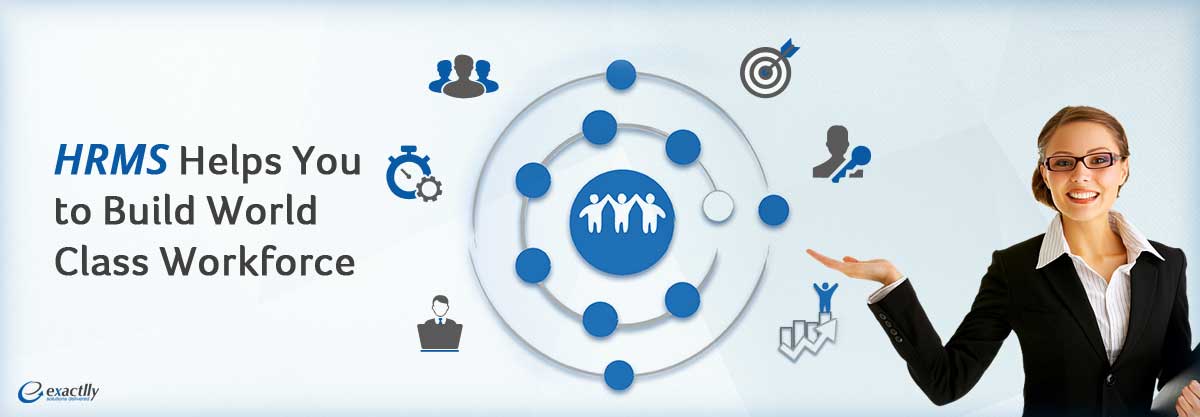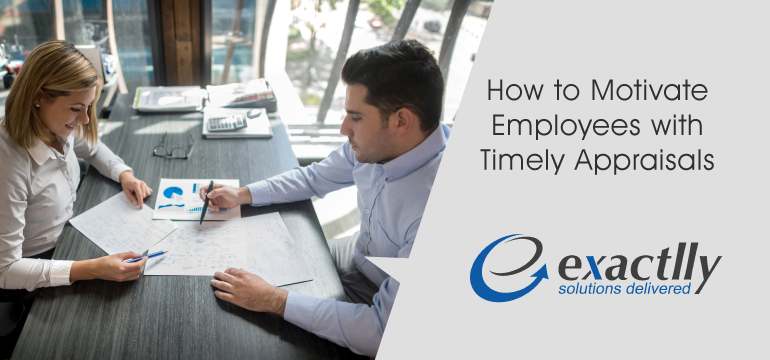How An Effective HRMS Lets You Manage Multigenerational Workforce with Ease

Workplaces today are experiencing diversified employee culture with workers ranging from different age groups are serving the employers with a variety of unique and creative approaches that are serving fresh perspectives to the business. This scenario is what we know as the working of the multigenerational workforce. This multigenerational workforce definition can be substantiated by the following classification where the employees can be divided to:
- Generation Z – Born after 1998
- Millennials – Born between 1981 & 1998
- Generation X – Born between 1965 & 1980
- Baby Boomers – Born between 1946 & 1964
- Silent generation – Born before 1946
Thanks to revolutionary medical science, the older generation is living more and a lot of them are continuing to work. Every working sector is experiencing a gradual rise in the percentage of older employees. The result is that the companies now have the widest age range of history. The elders are now interacting with colleagues who have freshly graduated from their college.
This has led the companies to believe in the millennials that they prefer more flexible hours in their office with the priority of a sense of purpose over financial gains, unlike the older employees. Young employees regularly switch between jobs to find a better prospect with a higher purpose.
Managing a workforce across a wide gap of multiple generations is not easy. In fact, in a recent report, it was found that 58% of 500 employees agreed that they face tremendous conflict with aged employees. It is important for the managers to understand the outlook of all workers all the same. Rather than only judging by the age factor, it is ideal for sorting any issue logically. This settles all kinds of conflict within the employee working system and hence a peaceful scenario prevails that is welcoming for the company’s growth and productivity.

Here are the challenges that a company encounters while managing a multigenerational workforce:
Age-Factor:
Employees globally have a preference to work and interact with colleagues of similar age. However, with the concept of a multigenerational workforce existent within the system, it becomes difficult for the managers for maintaining a cohesive multigenerational workforce. The ideal or the rational setup should be that older employees can add to the quality of the productive workforce that is made up of the young employees’ techniques and skills.
Conflict of Values:
Each generation is brought up with different values and therefore getting each of the employees from multigenerational teams on the same is a difficult task. The world has given the older generations many economic events of boom and slumps recession, inflation, wars and technological revolutions. The older generation employees value the importance of success and individuality while the younger generation is more focused on flexible work hours that let them maintain the balance of work and personal life. Millennials value ”me time’ unlike the majority of the baby boomers. Regardless of the lifestyle they lead, it is important for the managers to understand and respect the outlook of each of them and their style of work.
Communicational Gap:
Getting generations to work together today poses a significant challenge & that is the communicational gap. It is evident for new-age employees to utilize the digital platforms more to solve their work issues. For them, technology is their best friend, whereas the senior generation (still) prefer to communicate through e-mails, phones, or face-to-face. The tonality of the younger generation is also information that is heavily reliant on the usage of abbreviations.

Let’s understand how leading a Multigenerational Workforce affects Workplace Psychology:
The generation into which a person is born has a significant role to play in one’s personal characteristics. Each individual being different, they tend to shape the big picture from different points of view. Therefore it is very much necessary to set up an exclusive multigenerational workforce training that will enlighten the employees with the work ethics of the organization. The multigenerational employees can also be regarded as age cohorts, individuals who have similar experiences for growing up at the same time.
The differences in the workplace are manifested in a variety of ways:
- The idea of compensation and benefits
- Resolving of teamwork and disputes
- Communicational gaps
- Job satisfaction and a sense of responsibility
- Handling the balance between work and home
Signing Out – How does an HRMS help in filling the gaps of the Multigenerational Workforce:
The key to bringing in uniformity in practice surpassing all generational differences is to work on a platform that will give all of them the medium to express their feedback, grievances, requests and most importantly, the record of meeting all office protocols. This platform will be provided through installing the HRM software that will give the employer an insightful window to all the employee details enabling him or her to regulate, manage and decide on every arising issue with a fair and useful perspective. An HRMS is not just a mere attendance and leaves a recording medium for a company anymore; rather, it has evolved as a new-age technological fruit that is functional in bringing evenness in the work structure. Wants to know more about exactllyHRMS? Feel free to Contact Us and get a Free Demo.

